What Is RSV and Why Should You Care?
RSV is a common respiratory virus that causes cold-like symptoms but can turn dangerous for babies and older adults. It’s not just a bad cold - it’s the number one cause of bronchiolitis and pneumonia in babies under one year old, according to the CDC and WHO. Every year in the U.S. alone, RSV sends between 58,000 and 80,000 children under five to the hospital. For adults 65 and older, it leads to 60,000 to 160,000 hospitalizations and up to 14,000 deaths annually. Most people think of flu or COVID when respiratory viruses come up, but RSV is quietly one of the most serious threats to the very young and the very old.
How RSV Spreads - It’s Easier Than You Think
RSV doesn’t need much to spread. It travels through droplets when someone coughs or sneezes - that’s about 65% of cases. But it also lives on surfaces. If you touch a doorknob, toy, or phone that an infected person touched, and then rub your eyes, nose, or mouth, you can get infected. The virus can survive for nearly 10 hours on stainless steel. That’s why it spreads so fast in daycare centers, nursing homes, and households with young kids.
People are contagious for 3 to 8 days after symptoms start. Babies and people with weak immune systems can keep spreading the virus for up to four weeks - even if they don’t feel sick anymore. That’s why a grandparent might catch RSV from a grandchild who seems fine after a few days of sniffles.
Why Infants Are at Highest Risk
For babies, especially those under six months, RSV can be life-threatening. Their airways are tiny, and even a little swelling or mucus can block their breathing. About 2 to 3% of infants under six months end up in the hospital each year because of RSV. Premature babies, those born before 29 weeks, are three to five times more likely to need intensive care. Babies with heart or lung conditions face even higher risks - up to 25 times more likely to get severely ill.
Signs that a baby needs urgent care include:
- Fast, shallow breathing - more than 60 breaths per minute
- Chest muscles pulling in with each breath (retractions)
- Refusing to feed or drinking less than half their usual amount
- Unusual tiredness or floppiness
- Lips or fingernails turning blue
These aren’t normal cold symptoms. If you see any of these, go to the ER immediately.
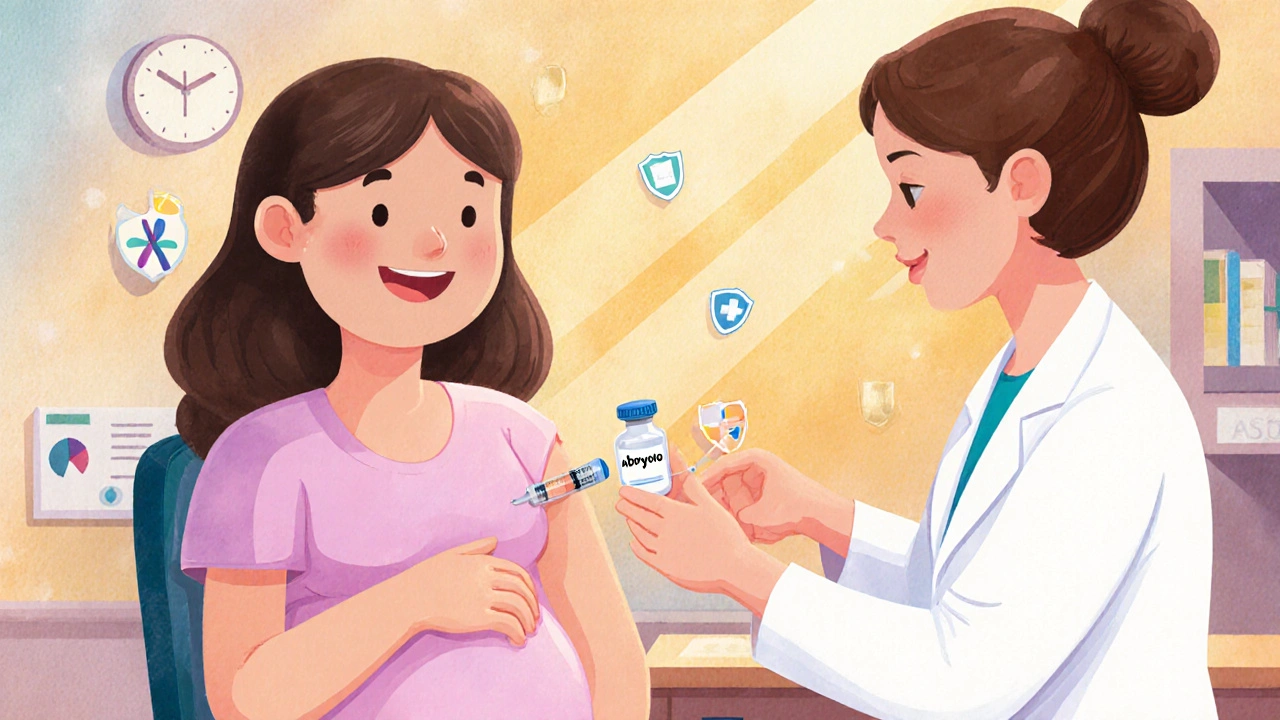
Older Adults Don’t Get a Pass Either
Many assume RSV is just a kid’s virus. It’s not. Adults over 65 are now recognized as a high-risk group. Their immune systems weaken with age, making it harder to fight off infections. Those with chronic lung disease like COPD are over four times more likely to be hospitalized. People with heart failure face nearly three times the risk.
RSV doesn’t just cause pneumonia in older adults - it often makes existing conditions worse. Nearly 80% of hospitalized seniors with RSV see their heart or lung disease get significantly worse. About one in three ends up in the ICU. And recovery isn’t quick. Over 40% of seniors who survive a severe RSV infection develop new problems with daily tasks like bathing or dressing. Many need to move to a rehab center or assisted living after hospital discharge.
RSV Can Have Lasting Effects - Even After Recovery
Even if a child survives RSV without hospitalization, they might not be out of the woods. Kids who had severe RSV bronchiolitis before age two are over four times more likely to develop asthma by age seven. Studies show their lung function stays lower than peers - up to 12% reduced even into their teens.
For older adults, the damage can be just as long-lasting. A 2022 study found that 28% of seniors hospitalized with RSV needed long-term care after discharge, compared to just 15% of those hospitalized for other respiratory illnesses. RSV doesn’t just attack the lungs - it can accelerate decline in mobility and independence.
How to Prevent RSV - Simple Steps That Work
Good hygiene is still the first line of defense. Wash your hands with soap for at least 20 seconds - that’s singing "Happy Birthday" twice. Avoid touching your face, especially after being around crowds. Clean high-touch surfaces like doorknobs, light switches, and toys regularly with an EPA-approved disinfectant. These steps can cut transmission by up to 95% on surfaces.
Keep sick people away from babies and older adults. If you have a cold, wear a mask around infants. Don’t kiss babies on the face. If you’re a grandparent, wait until you’re symptom-free for at least three days before holding your grandchild.
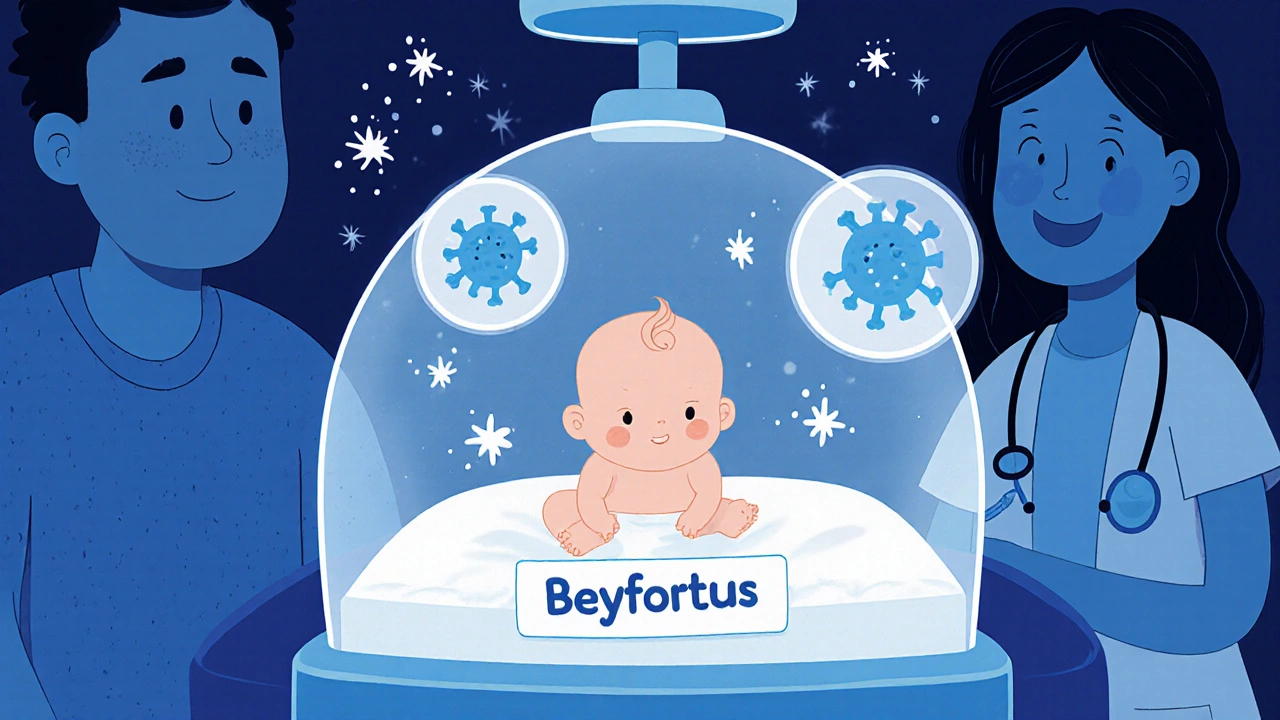
New Tools to Fight RSV - Vaccines and Antibodies
2023 was a turning point. For the first time ever, we have real tools to prevent severe RSV.
For babies: Nirsevimab (brand name Beyfortus™) is a single-shot monoclonal antibody given before or during RSV season. It protects infants for about five months and reduces hospitalizations by 75%. The CDC now recommends it for all babies under eight months entering their first RSV season - no need to be premature or have health issues. Babies 8 to 19 months with certain conditions (like chronic lung disease or cystic fibrosis) should get it too.
For older adults: Two vaccines are now approved: GSK’s Arexvy and Pfizer’s Abrysvo. Arexvy is 82.6% effective at preventing lower respiratory tract disease. Abrysvo is 66.7% effective. Both are given as one shot. The CDC says adults 60+ should talk to their doctor about whether vaccination is right for them - especially if they have heart or lung disease, live in a nursing home, or have a weakened immune system.
For pregnant people: Abrysvo is also approved to be given during weeks 32 to 36 of pregnancy. It passes protective antibodies to the baby before birth, offering up to 82% protection against severe RSV in the first six months of life.
What’s Still Missing - Access and Equity
These new tools are powerful, but they’re not equally available. In the U.S., getting Beyfortus or the RSV vaccine can be hard if your doctor doesn’t stock them or your insurance doesn’t cover them. In low-income countries, these treatments are almost impossible to get. RSV kills nearly 100,000 children under five every year - 97% of them in places with no access to oxygen, ventilators, or hospital care. The cost of one dose of Arexvy in the U.S. is $295. In many countries, that’s more than a month’s income.
Until global access improves, the burden of RSV will remain highest where it’s hardest to treat.
What to Do Right Now
If you’re expecting a baby, ask your OB-GYN about the maternal RSV vaccine (Abrysvo) - it’s safe and effective during pregnancy.
If you have a newborn, ask your pediatrician about Beyfortus. It’s not optional anymore - it’s standard care for all infants.
If you’re over 60, especially with heart or lung disease, talk to your doctor about the RSV vaccine. One shot could keep you out of the hospital.
And if someone in your home has a cold - wash your hands, clean surfaces, and keep them away from babies and older adults. Simple actions save lives.
Can you get RSV more than once?
Yes. You can get RSV multiple times in your life. The first infection is usually the worst, especially in babies. After that, your body builds some immunity, but it doesn’t last forever. Adults and older kids often get mild colds from RSV, but they can still spread it to vulnerable people like infants or seniors.
Is RSV the same as the flu or COVID?
No. RSV, flu, and COVID are different viruses. They can cause similar symptoms - cough, fever, runny nose - but they behave differently. RSV hits infants and older adults hardest. Flu tends to cause more body aches and sudden high fevers. COVID can affect smell and taste more than RSV. Testing is the only way to know for sure which one you have.
Can RSV be treated with antibiotics?
No. RSV is a virus, so antibiotics won’t help. Treatment is supportive: keeping the person hydrated, using a humidifier, clearing nasal passages with saline drops, and monitoring breathing. In severe cases, hospital care may include oxygen or IV fluids. There are no approved antiviral drugs for routine use yet, though research is ongoing.
Should I keep my child home from daycare if they have RSV?
Yes. Keep them home until they’ve been fever-free for at least 24 hours without medication and their breathing has improved. Even if they seem better, they can still spread the virus for days. Daycares should have clear RSV policies to protect other children, especially newborns and those with health conditions.
Are RSV vaccines safe for older adults?
Yes. Both Arexvy and Abrysvo were tested in tens of thousands of adults over 60. Common side effects are mild: sore arm, headache, fatigue, or muscle pain - similar to flu shots. Serious reactions are rare. The benefits of preventing hospitalization and death far outweigh the risks for high-risk seniors.
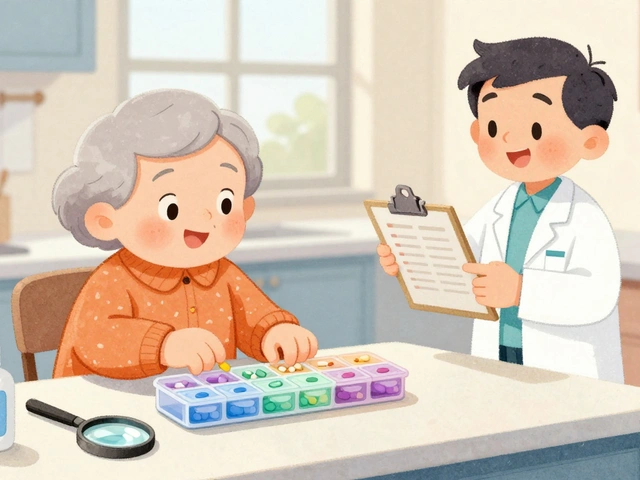
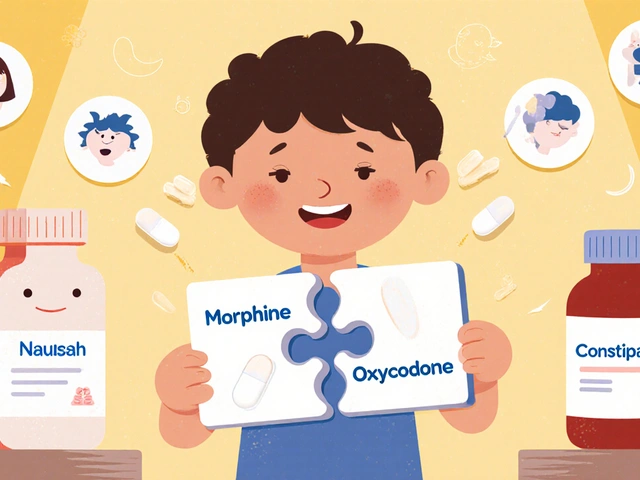



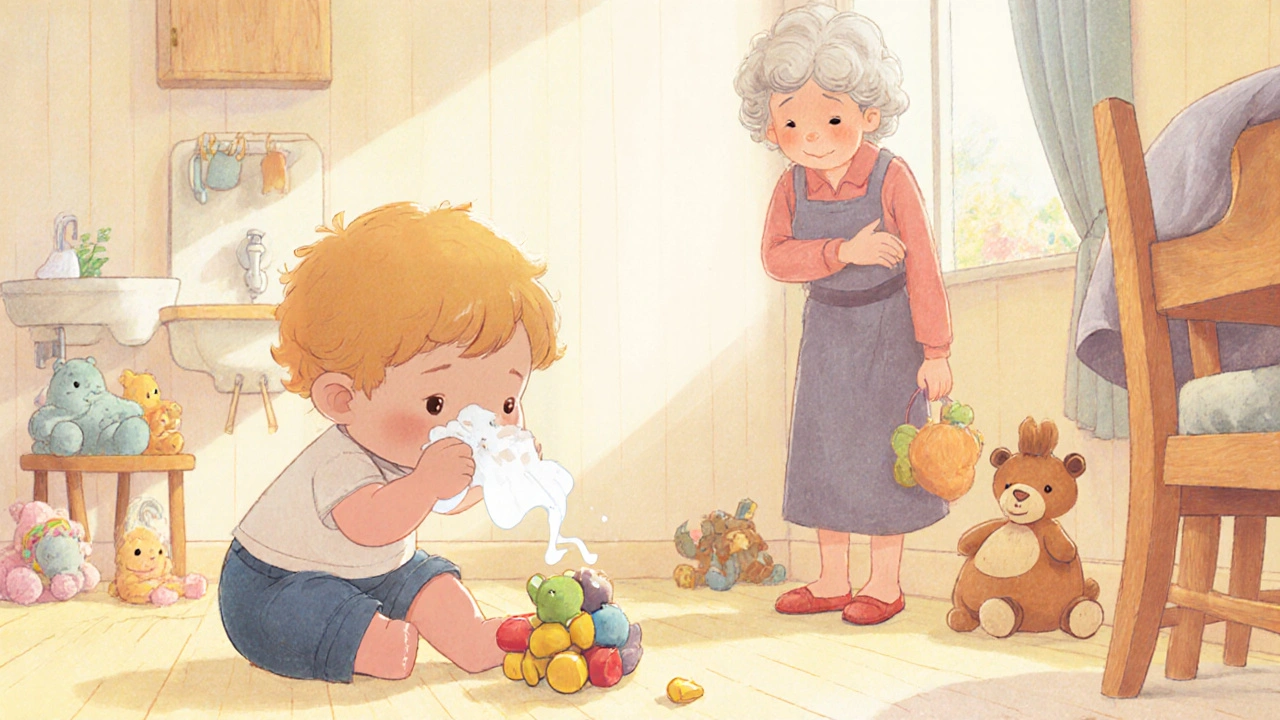
11 Comments
Let’s be real - RSV is the silent killer no one talks about until their baby’s in the NICU. The stats are brutal, but the real problem? We treat it like a footnote compared to flu and COVID. Hospitals are still scrambling to get Beyfortus in stock while insurance companies drag their feet. This isn’t prevention - it’s triage capitalism.
I’ve watched my sister’s two kids go through RSV back-to-back, and I can tell you - it’s not just the fever or the cough. It’s the sound. That high-pitched wheeze that comes when their tiny lungs are fighting for air. You sit there holding them, feeling completely helpless, praying the nebulizer works. And then you realize - this isn’t just a virus, it’s a systemic failure. We have the tools now, but access is still a luxury. My niece got Beyfortus because her pediatrician had it in stock. My nephew didn’t. And that’s not fair. Not even close.
Vaccine good. Babies protected. Grandmas live longer. 🙌
Man, I never realized how much RSV impacts families until my mom got it last winter. She’s 68, has COPD, and thought it was just a bad cold. Ended up in the ICU for 11 days. The thing that broke me? She couldn’t hold my newborn niece for three months after. I get that hygiene matters, but it’s so much deeper than that - it’s about love being blocked by a virus we could’ve stopped. Glad we’ve got vaccines now. My whole family’s getting them this fall. No excuses.
I’m a nurse in pediatrics, and I can tell you - RSV season is the hardest. Not because it’s deadly (though it is), but because parents feel so guilty. They think they ‘should’ve known,’ or ‘if only I’d washed my hands more.’ But the truth? RSV is everywhere. And now? We’ve got Beyfortus. We’ve got vaccines. Let’s stop blaming families and start making sure every single baby gets protected. No one should lose a child to something we can now prevent.
There’s a quiet horror in the fact that a virus, invisible and ancient, can dismantle a family’s future with a single cough. We vaccinate for measles, for polio - but RSV? For decades, we accepted its toll as fate. Now we have the power to rewrite that narrative - yet we still debate cost, access, eligibility. Is it the virus we fear? Or is it the unbearable weight of responsibility that comes with knowing we could have done more? The child who survives RSV doesn’t just recover - they carry the echo of that breathless night into adulthood. And we, the adults, the decision-makers, the ones who read this and shrug - we are the ones who let the silence continue. Until we don’t.
It’s alarming, yet not surprising, that RSV - a virus that has been documented since the 1950s - has only now, in 2024, been met with meaningful, widespread public health tools; and yet, even with Beyfortus and Abrysvo, we still see staggering disparities in access - not just between countries, but between zip codes, between insurance plans, between pediatric practices that stock vaccines and those that don’t. Why? Because healthcare isn’t a right - it’s a privilege, and RSV is just the latest example of how the most vulnerable pay the highest price for systemic neglect.
While I commend the availability of new prophylactics, it is imperative to note that the over-reliance on medical interventions detracts from fundamental personal responsibility. Handwashing, avoiding contact during illness, and basic hygiene are not optional - they are the bedrock of public health. To treat RSV as if it requires a pharmaceutical fix is to abandon centuries of proven preventive practice. One does not need a vaccine to avoid touching one’s face after handling a doorknob.
Oh wow, so now I’m supposed to get a shot just because I’m old enough to have grandchildren? 😏 Next they’ll make me wear a mask to my own birthday party. Also, my grandkid’s daycare won’t let me hold him until I’m ‘symptom-free for three days’ - but they let the 2-year-old with a running nose come in every day. 🤦♀️
RSV is a bioweapon designed by Big Pharma to sell vaccines - you think they’d wait 70 years to release a cure? No way. The real cause is 5G towers and fluoridated water. Also, why is Beyfortus only for babies? What about the elderly? They’re the ones who raised us. This is all about profit. The CDC is just a puppet. And why is Abrysvo approved for pregnant women? Who says the baby even needs it? Maybe the baby is fine. Maybe we’re creating a generation of weak immune systems. #StopTheVax
Why do Americans always act like they invented RSV? In Nigeria we’ve had this for decades. Our babies die from it every day because your expensive vaccines are too rich for our soil. You make a shot that costs $300 and call it science. We call it theft. Your government gives you vaccines. We give our children prayers and coconut water. Don’t come here with your pity. Come here with your money. Or shut up.